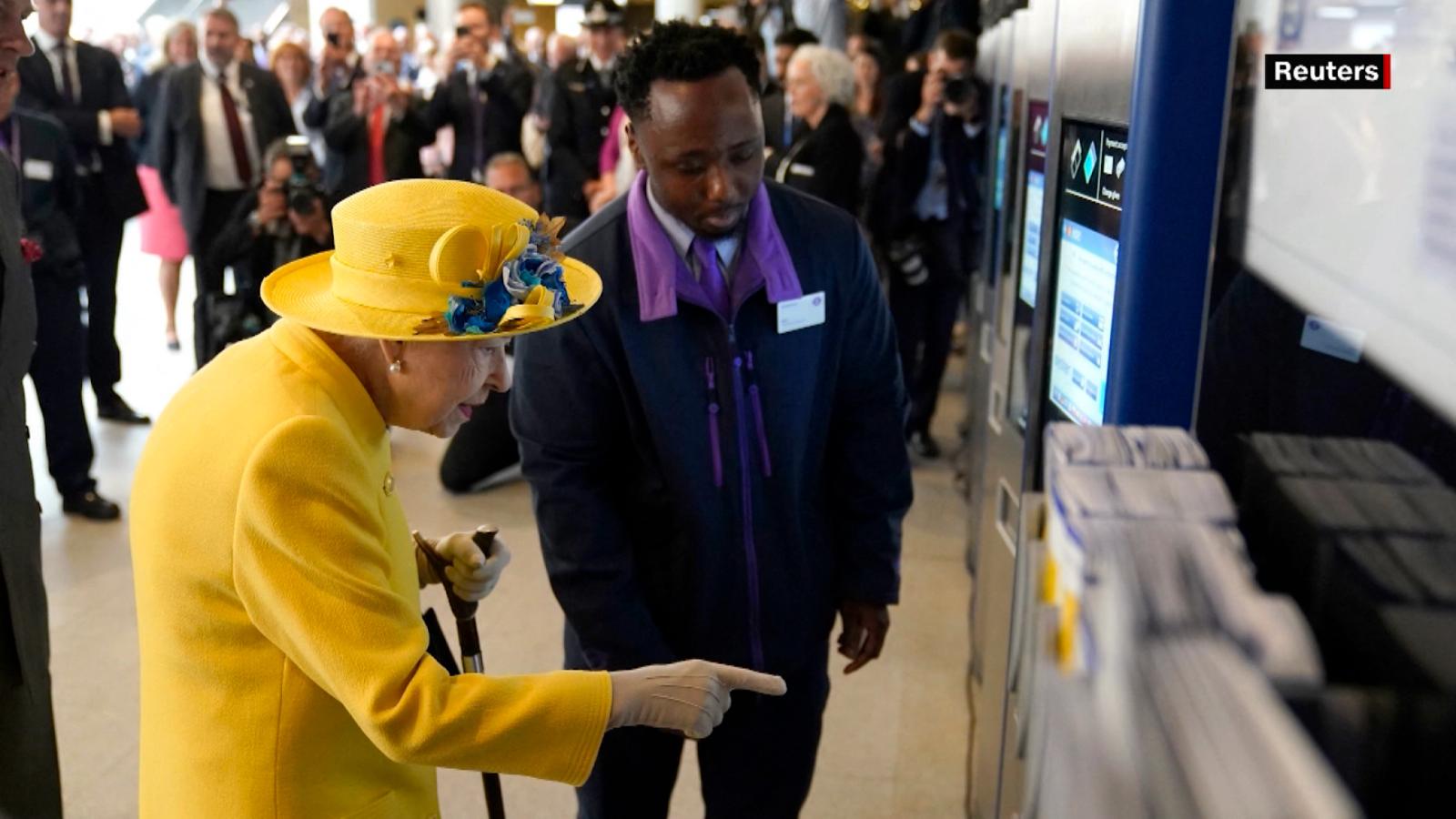The turnaround on the stock exchanges came almost on time at the turn of the year: the Dow Jones Index in the USA has lost over 12 percent since the beginning of January. Technology stocks in particular have been hit hard this year by rising interest rates and high inflation. Result: The Nasdaq 100 has fallen more than 26 percent so far this year. Short, sometimes violent attempts to recover are followed by no less significant setbacks.
Investors should carefully weigh up whether they should “buy” into the stock markets that have fallen – and, above all, which stocks they should choose. Because the danger of further setbacks is latent. “I think the market can fall further,” says Sandra Navidi, author, economic expert and founder of the consulting firm BeyondGlobal, in an interview with cash.ch at the World Economic Forum in Davos (video follows).
A lot of money had been flushed into the market for many years, and the search for investment opportunities was almost desperate, Navidi continued. “You can also see that in degenerations like in the crypto sector, where people took very big risks,” says Navidi.
Navidi also justifies her assessment with the fact that the mood of investors in New York, where she has lived for many years, is rather pessimistic, “but reasonably composed”. The mood at the WEF in Davos was also rather pessimistic. Such moods should not be underestimated when stock markets are falling, as Navidi says they could have a feedback effect on the markets.
Understanding the Federal Reserve
Recently, investors have been particularly concerned about the increasing number of sales and profit warnings from companies in the consumer sector. The warnings point to a cooling economy. The shares of Snapchat operator Snap and the fashion company Abercrombie & Fitch, for example, collapsed by around 40 and 30 percent on Tuesday after corresponding announcements.
Many market participants hold the US Federal Reserve responsible for the sharp stock market decline because the monetary watchdogs waited too long with monetary policy measures last year. The inflation rate in the US is at its highest level in over 40 years. The Fed only initiated the turnaround in interest rates in March and then increased interest rates by 0.5 percent at the beginning of May. Experts are expecting a series of further strong increases in the coming months.
The US economy unexpectedly collapsed in the first quarter, raising fears of a recession. “The Fed now has the most difficult task,” says Navidi in the video interview on the question of whether the Fed can avoid a recession. Navidi also shows understanding for the monetary policy of Fed boss Jerome Powell. “The Fed didn’t want to, especially after Corona risk that the economy will collapse prematurely”. The USA actually has “a luxury problem”, the economy has grown far too quickly in the last year.
Navidi adds that the pessimism among some of the very wealthy people at the WEF also has private reasons. Many feared hefty tax increases because of the high spending in recent years, higher interest rates and rising debt.
–


